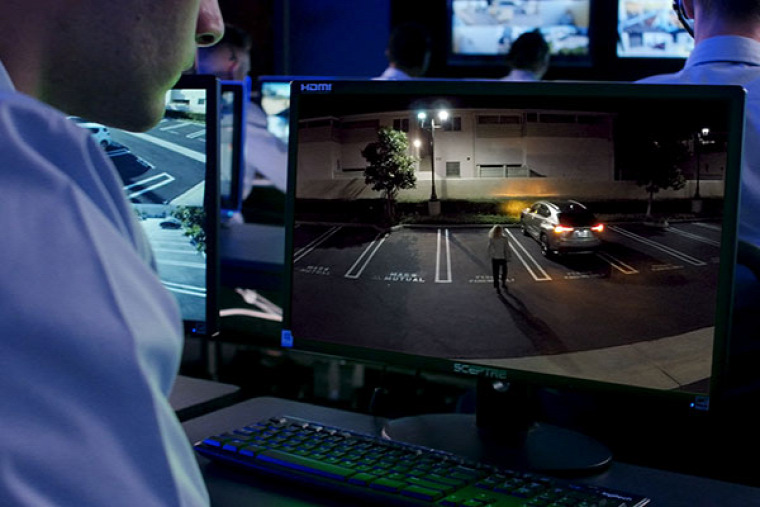Remote virtual security
Remote virtual security, also known as remote cyber security or virtual security, refers to the protection of computer systems, networks and data in remote or virtual environments. It involves implementing security measures to prevent unauthorised access, data leakage and other cyber threats when accessing or working with remote systems.
Here are some key considerations and practices for remote virtual security:
Secure remote access: establishing secure methods of remote access is key. This may include secure virtual private network (VPN) connections, two-factor authentication or other access control mechanisms to ensure that only authorized individuals have access to remote systems.
Secure communications. Encryption protocols, such as SSL/TLS, can be used to secure data transmissions and prevent eavesdropping or tampering.
Strong authentication: Implementing strong authentication mechanisms such as multi-factor authentication (MFA) helps to verify the identity of remote users and prevent unauthorised access.

Network segmentation.
Keeping remote systems up to date with the latest security patches and updates is essential. Regular updates to software, firmware and operating systems help protect against known vulnerabilities.
Surveillance and intrusion detection: implementing security monitoring and intrusion detection systems can help identify and respond to potential security incidents or suspicious activities on remote systems.
Data protection: Implementing data protection measures such as data encryption, data loss prevention (DLP) and regular data backups will help protect sensitive information on remote systems.
Regular updates and patches: keeping remote systems up to date with the latest security patches and updates is essential. Regular updates of software, firmware and operating systems will help protect against known vulnerabilities.
Surveillance and intrusion detection: implementing security monitoring and intrusion detection systems can help identify and respond to potential security incidents or suspicious activities on remote systems.
Data protection: Implementing data protection measures such as data encryption, data loss prevention (DLP) and regular data backups will help protect sensitive information on remote systems.
Security awareness and training.
Incident Response Plan: Developing an incident response plan for remote virtual security will help to establish procedures to effectively respond to and recover from security incidents.
User Access Management: Implementing strong user access management practices ensures that only authorized individuals have access to specific resources and data on remote systems. Regularly reviewing and updating user permissions helps prevent unauthorized access.
It is important to note that remote virtual security should be implemented in conjunction with a comprehensive cybersecurity strategy that covers all aspects of the organization's infrastructure, including remote and virtual environments. Regular security assessments, vulnerability scans and penetration tests can also help to identify and address potential security gaps.



